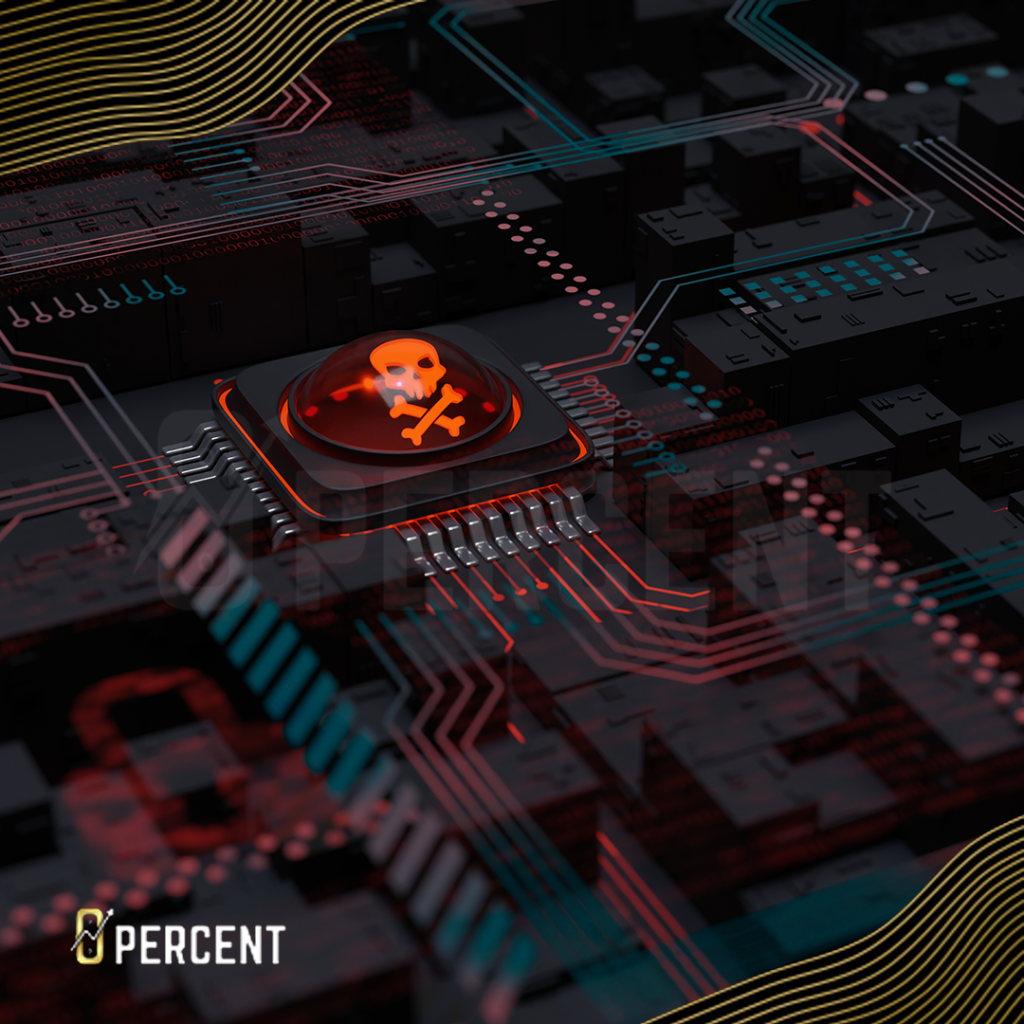
Jeff Sekinger
Jeff Sekinger Founder & CEO, 0 Percent Who is Jeff Sekinger? Visionary Trailblazer Sekinger has been in the financial industry for over a decade. Starting
The forex market, or foreign exchange market, is the largest in the world with an estimated $6.6 trillion daily turnover. Forex is a decentralized, over the counter market that operates 5 days per week, 24 hours per day. The forex market is a place where currencies are exchanged for one another, with the majority of trades conducted by banks, financial institutions, and large corporations. A small percentage of forex trades are made by individual traders.

Forex trading is one of the most lucrative investment opportunities available today, offering the potential to generate significant returns. While currencies have been traded since antiquity, the modern forex market as we know it today was established in the 1970s, with the adoption of floating exchange rates and the abolishing of fixed exchange rates under the Bretton Woods system. As technology has evolved over time, so has the forex market. It is now the most liquid market in the world, and as already mentioned, can be traded 24 hours per day, 5 days per week from anywhere in the world.
The rise of technology has not only made forex more accessible in general, but has also made forex more potentially lucrative, especially with the rise of fintch advancements and algorithmic trading bots. While still an emerging technology, algorithmic trading bots carry the potential to revolutionize the way traders and large institutions engage with the forex market, among other markets. 0 Percent is a trailblazer in this sector, having already developed 4 algorithmic trading bots, one of which is specifically designed for use in the foreign exchange market.
As with any investment tool or strategy, there are risks involved, and the use of algorithmic trading bots is no exception. Algorithmic trading systems are programmed with successful trading strategies, historical data, and risk management techniques, but still require human oversight to help prevent or mitigate losses. Algorithmic trading systems are designed to help traders make informed, data-based decisions, and to trade more efficiently. However, no investing tool or strategy is entirely risk-free, and algorithmic trading bots are no exception. Nevertheless, algorithmic trading bots bring with them a substantial potential for large returns, and as the technology continues to evolve and be fine tuned, it is foreseeable that the potential for significant returns will be even greater in the years and decades to come.
Particularly within the context of forex, algorithmic trading bots or forex trading bots can be an exceptionally valuable tool in the investor’s arsenal.
What is Risk Management?
Risk Management is a critical component of any trader’s strategy. Risk management refers to the process of identifying, assessing and controlling real or potential risks that are inherent in financial investments. The goal of risk management is to minimize or mitigate the potential for losses and maximize returns. Within the context of forex trading, risk management includes understanding the market and how it works, the currencies being traded, and the potential for losses. Risk management also includes knowing different strategies and tools available for reducing risk.
No risk management strategy will ever eliminate risk entirely, as this is inherently not possible. However, a sound risk management strategy can significantly reduce risk, if applied correctly.
How Can You Effectively Manage Risk With Forex Robots?
One of the central benefits of using forex trading bots is that this technology can help traders make informed decisions based on market data and highly technical analysis. However, traders still need to be proactive in managing their risks, and as mentioned earlier, algorithmic trading bots still require human oversight and intervention. Here are some key strategies for managing risk with forex trading bots:
Indicators & Strategies
There are several indicators and strategies that traders can use when trading with forex trading bots. Some popular indicators include RSI (Relative Strength Index), MACD (Moving Average Convergence Divergence), Bollinger Bands, price action analysis, and Fibonacci retracements. These indicators help traders understand market trends and make informed decisions about when to enter and exit trades. Here is a brief explanation of each of these terms:
Leverage & Stop-Losses
Leverage refers to the ability to control large amounts of currency with a small amount of capital. It is an important aspect of forex trading, as it can amplify gains or losses. Stop-losses are a critical aspect of risk management, as they allow traders to limit their potential losses by quickly closing a trade when a certain price level has been reached. Traders should take into account market conditions and adjust their leverage and stop-loss levels accordingly.
Trend Analysis
Trend analysis is a key aspect of risk management, as it helps traders understand the direction of the market. Traders can use trend analysis to determine the strength of a trend and make informed decisions about when to enter or exit a trade. One popular method of trend analysis is to use moving averages, which help to identify the direction and strength of a trend by smoothing out price fluctuations.
Pyramiding Technique
Pyramiding technique is a risk management strategy that involves gradually increasing the size of a trade as it moves in the trader’s favor. This allows traders to maximize profits while limiting potential losses. As an example, a trader might start with a small trade and gradually add to it as the trade moves in their favor. This technique can help to minimize the overall risk of the trade, as the trader is not putting all their capital into any one trade.
Benefits of Utilizing Robot Trading Platforms for Risk Management
Algorithmic trading platforms offer several benefits for risk management, including the ability to analyze large amounts of market data, execute trades quickly and efficiently, and implement potentially more effective risk management strategies. Furthermore, algorithmic trading bots can be programmed with vast amounts of historical risk management strategies, that a human trader may or may not know, or be able to recall during any given trade. Algo bots can hold vast amounts of information, recall that information, and act according to that information in exceptionally short amounts of time, and can act far more efficiently and logically than human traders. These algorithmic platforms can also stay informed about market conditions and adjust their trades accordingly. Many algorithmic trading bots can even be connected to the internet and can analyze current events and breaking news, and adjust their investing strategies accordingly. In addition, robot trading platforms typically offer backtesting capabilities, allowing traders to test their strategies and assess their potential risk before entering live trades.
Final Thoughts on Risk Management
Risk management is a critical aspect of investing of any type, and forex trading is no exception. It is essential that traders understand the various strategies and tools available for managing risk. Forex trading bots can be a powerful tool for managing risk, as they allow traders to make informed decisions based on market data and analysis, as well as vast amounts of historical data, strategies, and other techniques. By utilizing robot trading platforms and incorporating effective risk management strategies such as trend analysis, pyramiding, and the use of indicators and stop-losses, traders can potentially minimize losses and potentially maximize returns.
Algorithmic Trading Accelerator with Forex Trading Bots
Forex trading bots are algorithmic trading systems that use sophisticated algorithms to execute trades on behalf of traders. 0 Percent’s Algorithmic Trading Accelerator utilizes these bots in forex trading helping traders to potentially maximize returns.
What Are Algorithmic Trading Robots?
Algo bots are computer programs that are designed to execute trades efficiently based on specific algorithms and rules. These algorithms take into account market data and trends, as well as the trader’s own risk management strategies, to determine when to enter or exit trades. Robots can be programmed to trade on a variety of financial markets, including forex, stocks, commodities, and cryptocurrencies.
How Do Robot Trading Platforms Work?
Robot trading platforms work by executing trades based on pre-programmed algorithms and rules. These algorithms analyze market data, such as price and volume data, to determine the best time to enter or exit trades. The robots then execute trades based on these algorithms, taking into account the trader’s risk management strategies and position sizing rules.
Robots can use a variety of strategies when trading, including trend following, scalping, and news-based trading. Trend following involves using technical analysis to identify the direction of a trend and make trades based on that information. Scalping involves making many small trades to profit from short-term price movements. News-based trading involves analyzing market-moving news events and making trades based on the resulting market reaction.
Another important aspect of robot trading platforms is backtesting. Backtesting involves testing a trading strategy by simulating trades based on historical market data. This allows traders to assess the potential risk and returns of their strategy before executing live trades. By backtesting their strategies, traders can refine their algorithms and make adjustments to their risk management strategies to ensure the best possible returns.
Features to Look for in a Robotic Trading Platform for Optimal Performance
When looking to select an algorithmic trading system, it is important to consider several key features to ensure optimal performance. Here are some qualities to look for:
Pros and Cons of Using a Robot Trading Platform for Accelerating Trading Activity
Using a robot trading platform for accelerating trading activity has its advantages and limitations. Here are some of the pros and cons to consider:
Advantages:
Disadvantages:
Algorithmic trading platforms can be an immensely powerful tool for accelerating trading activity and maximizing returns — although the technology isn’t fool proof and does allow for the potential loss of capital. However, it’s important to consider the features, benefits, and limitations of these platforms when selecting one for your trading needs. Remember to always take into account market conditions, leverage, stop-losses, and position sizes when trading with forex robots.
The forex market is the largest market in the world with a daily turnover of $6.6 trillion. Forex is also a relatively fast paced market, so using algo bots on this exchange can be an incredibly useful tool but also a risky one if not used properly. Algo bots, like the ones developed by 0 Percent, should be programmed with foundational risk management techniques and historically successful strategies, and should be optimized, as opposed to over-optimized. We have written extensively on the downsides of over-optimization, and the risks that follow. 0 Percent’s algo bots are a potentially great tool to have in your arsenal of investor’s tools. As with any investment, it’s important to thoroughly research and understand the risks and rewards associated with robot trading before making a decision.

Jeff Sekinger Founder & CEO, 0 Percent Who is Jeff Sekinger? Visionary Trailblazer Sekinger has been in the financial industry for over a decade. Starting

Angel Alvarez Funding, 0 Percent Who is Angel Alvarez? From SpaceX to 0 Percent Angel is a remarkably well rounded individual who has had a

Abhay AnandProduct, 0 Percent Who is Abhay Anand? Title One Test Title Two Test Test
Sign up for our newsletter to stay in the loop.
Sign up to receive news & updates!
Sign up to receive news & updates!